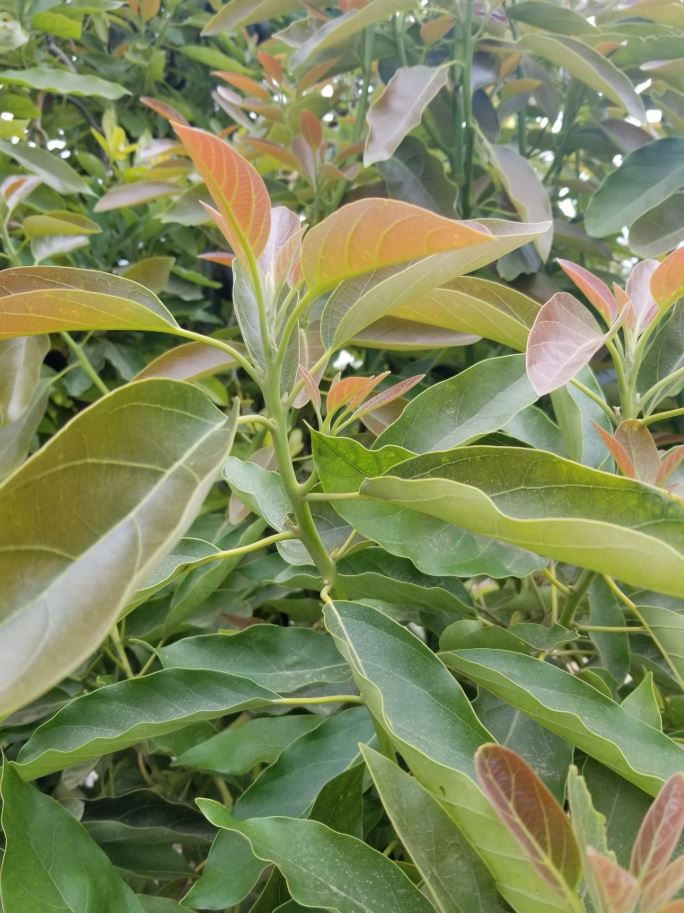For most of the 20th century “progress” was a major theme in agriculture. We focused on moving forward, growing more, improving our efficiency, our profitability. (This lead us down some troublesome paths, as we failed to account for a variety of externalities, but there was at least an ideal of progress.)
In so much of what I see written about farming today (especially but not exclusively on social media) we spend a lot of time talking about history, legacy, traditions, family… we spend a lot of time looking backwards, not looking forwards. This is a mistake.
Many farms (most by number of operations, if not acreage) are supported by off-farm income or capital or inheritance. “Keeping the farm going” is the goal. Preserving a lifestyle from generations past.
If the essence of the farm is a time capsule, a museum, a remembrance of those that have gone before us, then this is hard to do. But a farm is living, growing, evolving thing. It must change.
Or it must die out.
It can never be static.
Cutting down my father’s trees is my lot in life. And while Dad could be sentimental about his father’s trees (or his grandfather’s trees) he knew that for the farm to prosper it had to be done.
Practices, equipment, everything changes over time. It is not a repudiation of our ancestors to strive to be better than they were.
We honor the legacy of those who went before us by building on, refining…perfecting… what they built. And then we must have the grace, wisdom and humility to applaud when the next generation builds on our additions.





